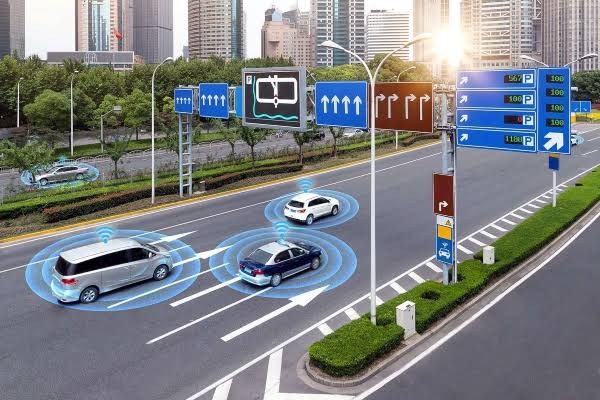
Smart mobility in India is moving beyond static road design toward data-driven, AI-enabled management. This article explores how dynamic traffic systems — powered by IoT, adaptive signals, and vehicle-to-infrastructure communication — are revolutionising road efficiency.
Traditional traffic management relies on fixed signals and manual control. But modern Indian cities — with rapid vehicle growth and urban sprawl — demand systems that respond in real time.
Dynamic Traffic Management (DTM) makes this possible by integrating AI, IoT sensors, GPS data, and cloud platforms to adjust traffic flow dynamically.
Adaptive Traffic Signals: Adjust red-green cycles using real-time traffic density data.
Dynamic Lane Control: Change lane directions during peak hours for faster throughput.
Predictive Analytics: Use live data to forecast congestion and redirect vehicles.
Smart Corridors for Emergency Vehicles: Green corridors activate automatically when ambulances are detected.
The goal: make mobility smoother, safer, and more sustainable.
The Delhi–Mumbai Expressway, Dwarka Expressway, and several Smart City projects are now integrating DTM features — from automated surveillance and traffic counters to connected lighting systems.
With data from FASTag, GPS, and ITS networks, India already has the backbone for a unified road intelligence grid.
Implementing DTM across metros and highways requires:
Data fusion between highway and urban networks.
AI analytics centres for predictive control.
Cyber-secure communication protocols to protect traffic data.
Partnerships between NHAI, smart city authorities, and tech innovators can accelerate this transition.
India’s next infrastructure milestone won’t just be about more roads — but smarter roads.
Dynamic traffic systems will shape future-ready highways that think, adapt, and optimise mobility — paving the way for truly connected infrastructure ecosystems.